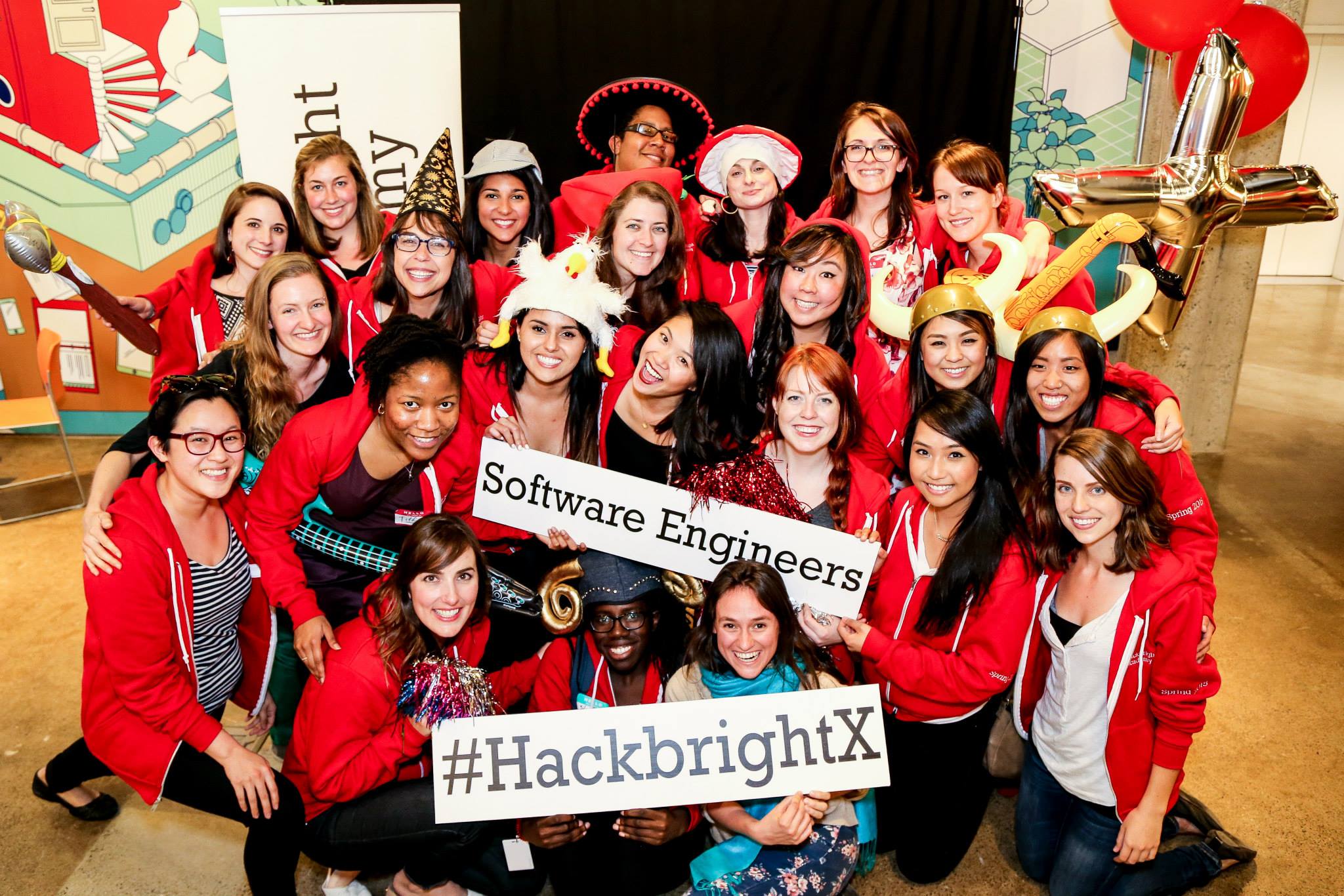The Uncertain Future of Moore’s Law

In 1965, Gordon Moore, CEO and co-founder of Intel, made a prediction that the number of transistors on an integrated circuit (the main component on a computer chip) would double every two years for at least the next decade. This prediction, known today as Moore’s Law, has continued to be fulfilled since 1965. While it is known as Moore’s Law, Gordon Moore’s prediction is not truly a law; rather, it is a trend that chipmakers around the world have been encouraged to match via technological advancements, research, and development.








